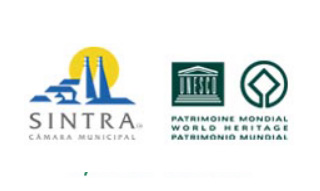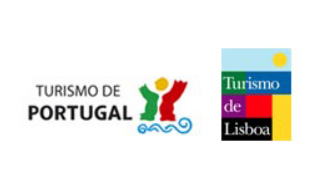The origins of São Miguel de Odrinhas Museum of Archaeology date back to the mid 16th century. This is when, thanks to the personal initiative of a few scholars, including Francisco dOllanda who became a particularly prominent figure, the local chapel began to gather together an important collection of Roman inscriptions found in nearby fields and villages.
After a few centuries of neglect, in 1955, Sintra Town Hall decided to erect a small building which would house all those important monuments and it embarked on an archaeological excavation of the neighbouring Roman ruins thereby enhancing local tourism and culture.
Today the collection of stone artefacts boasts over four hundred pieces, to which a few thousand others of differing typology are being added, such as coins, ceramic objects, lithic fragments, metals, osteological remains, etc.
The exhibition at the new museum revolves around two distinct, yet interrelated areas: a) The Epigraphy Section which spans over two millennia, from the Etruscan Period to the Modern Age, highlighting the collection of Roman tombstones, recognised as one of the most important in the Iberian Peninsula; and b) The Archaeology Section, which gathers a few million objects recovered from the numerous archaeological sites at Termo de Sintra, from the Middle Palaeolithic Age to the 18th century, of which pieces from the Neolithic, Chalcolithic and Roman periods deserve a special mention.
Address
Av. Prof. Dr. D. Fernando d´Almeida,
Odrinhas São João das Lampas
Sintra,
Tel: +351 219609520
Fax: +351 219609529
Email: divulgacao-masmo@sintraquorum.pt
Website: www.museuarqueologicodeodrinhas.pt
Opening times
10:00 - 13:00 and 14:00 - 18:00
Closing days: Sunday and Monday
Admission Free
Resources and Services
Guided Tours
Getting there
Estrada Nacional 247 (Sintra-Ericeira), at the intersection follow signs to São Miguel de Odrinhas.
Mafrense buses, Portela de Sintra - Ericeira route, get off at Barreira stop.
Additional Information
The collection of São Miguel de Odrinhas Museum of Archaeology consists mainly of archaeological artefacts recovered from the various archaeological sites in the District of Sintra.


 Português
Português
 English (UK)
English (UK)






